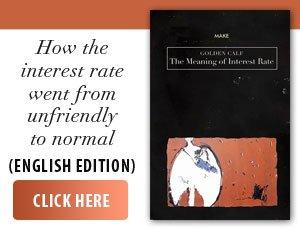OpenAI is introducing Study Mode, a new feature in ChatGPT that aims to transform the chatbot from a simple answer generator into a learning partner that challenges critical thinking. Unlike the regular mode, Study Mode doesn't always provide answers on a plate - on the contrary: it asks questions, sometimes refuses to answer, and actively monitors student engagement.
• Why this change?
"We want to help students develop their own critical thinking,” says OpenAI. It's an ambitious vision in an educational world where the temptation to "copy with style” from AI has already become a mass sport. The new mode seeks to encourage real learning, not just mechanical reproduction of information.
• Learning as an exercise in willpower
Perhaps the most interesting part of Study Mode is that it's optional. No one can be forced to learn - an old reality, which AI only reflects. Those who want to "get off easy” can always disable the feature and return to immediate answers, without additional questions or intentional blockages.
• A step towards authentic digital pedagogy
The new mode has the potential to change students' relationship with AI, from a passive one (I ask for answers, I get answers) to an active one (I am challenged, I have to reflect, argue, understand). In a time when more and more voices accuse AI of undermining intellectual effort, Study Mode is an attempt to reconcile technology and real education.
All registered users, including those who use ChatGPT for free, can access Study Mode. No subscription is required, just... goodwill and a little patience.
ChatGPT, while remaining an impressive tool for content generation, now also wants to be a responsible study partner. Study Mode is an invitation to authentic learning, but also a test of real motivation: do you want to understand or just pass the class?
Not all students will answer "present,” but those who do may learn something more valuable than any automatic response: to think.


















































